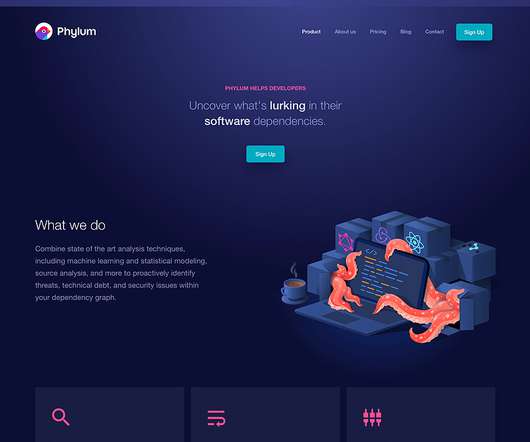Leaders Identify Critical Areas of Improvement in their Software Lifecycle
Coveros
JUNE 26, 2023
At this year’s STAREAST 2023 testing conference in Orlando, Florida, our team from Coveros invited leaders from throughout the software testing, agile, DevOps, and security communities to identify where they need the most improvement in their software development lifecycle. What are the strongest aspects of your SDLC?















Let's personalize your content